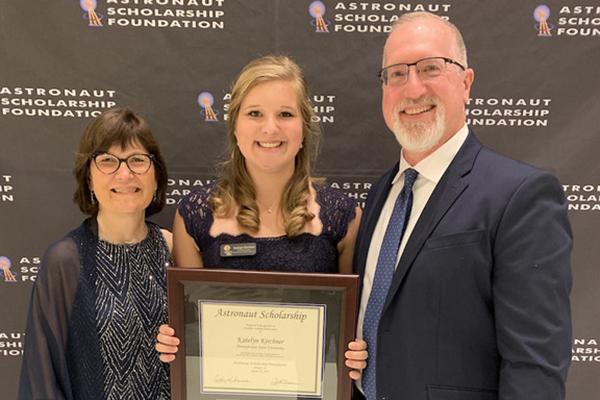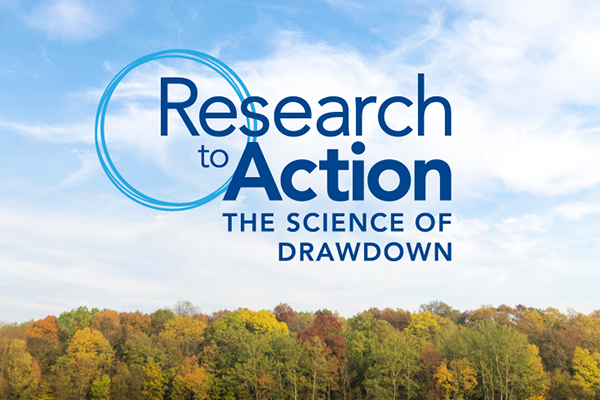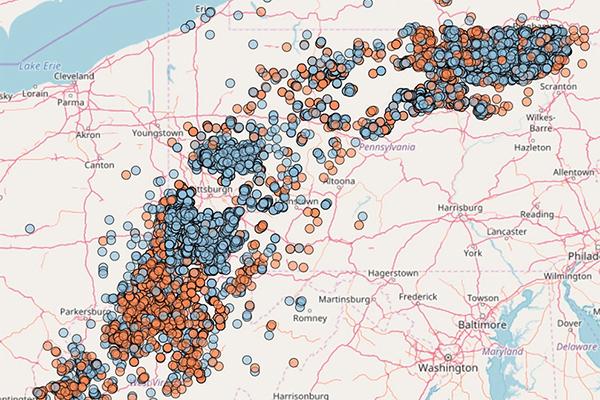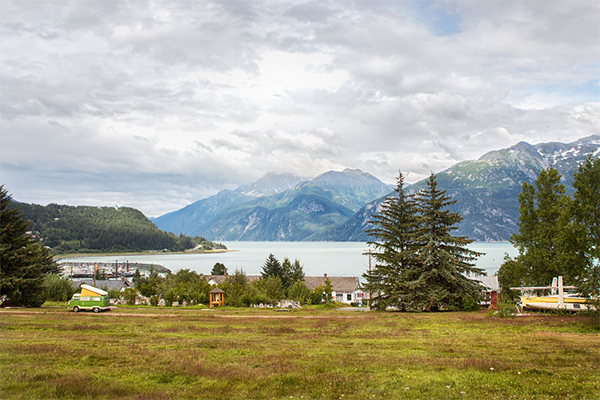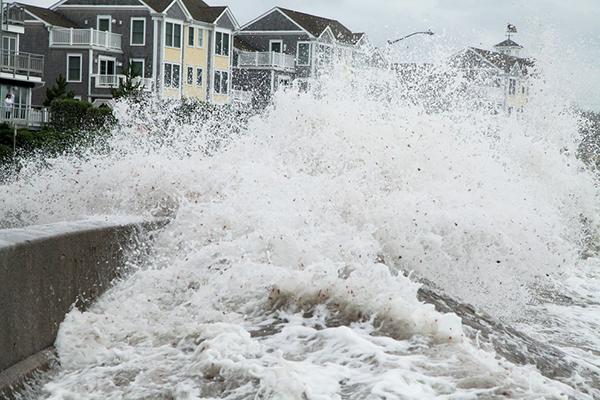Researchers from Penn State are participating in a $1.2 million United States Department of Energy (DOE) project using machine learning — a form of artificial intelligence — and data science to design more effective catalysts for chemical processing.
Perennial sea ice is rapidly melting in the Arctic, clearing the way for new shipping routes and fossil fuel extraction. This increased activity could have unexpected impacts on the natural chemistry of the polar region, according to researchers.
On Sunday, Sept. 1, Hurricane Dorian made landfall in the northern Bahamas as a powerful Category 5 hurricane and stalled there for days, devastating the island nation with deadly flooding and lashing winds that reached 185 mph.
Katelyn Kirchner, a senior from Downingtown, earned a prestigious Astronaut Scholarship earlier this year.
More than 20 Penn State researchers are participating in the upcoming climate solutions conference Research to Action: The Science of Drawdown.
Research to Action: The Science of Drawdown, the conference focused on climate solutions being hosted at Penn State from Sept. 16-18, will be livestreamed online for free.
Penn State researchers Jose D. Fuentes, professor of meteorology, and Feifei Shi, assistant professor of energy engineering, have joined the Institutes of Energy and the Environment (IEE). Both are faculty members in the College of Earth and Mineral Sciences.
A new method for exploring natural gas in the Marcellus Shale, developed by Penn State researchers, shows potential high yield areas can be found more easily and with lower costs.
A $3 million grant from the National Science Foundation (NSF) will allow Penn State researchers to assist Alaskan coastal communities with environmental changes that threaten to irrevocably damage their way of life.
A team of Penn State researchers has identified five factors that can better characterize risk management options to protect coastal populations from rising sea levels and storm surges.





